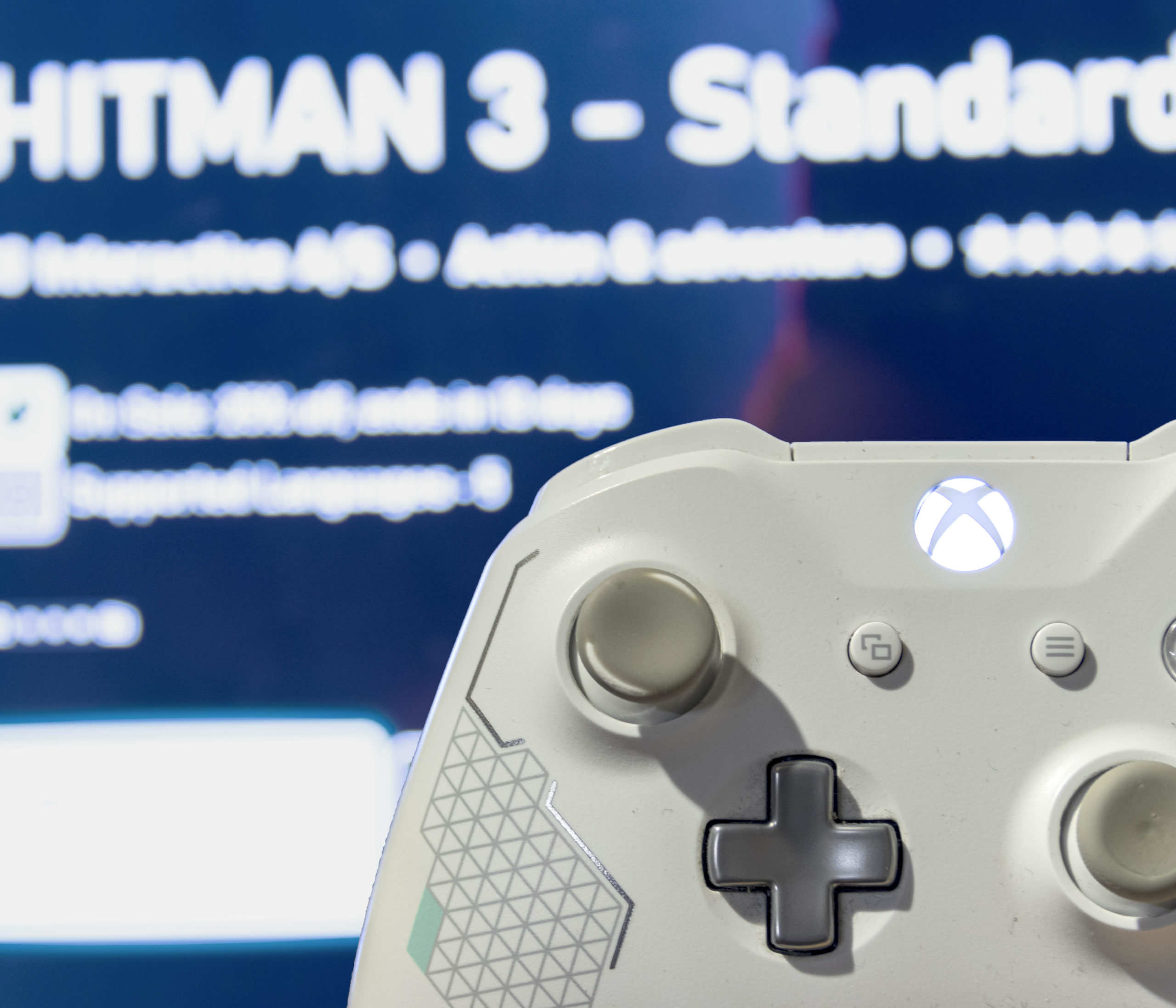
Stealth games as a genre are practically nonexistent in the current gaming landscape. Despite popular Triple-A games such as The Elder Scrolls V: Skyrim and Cyberpunk 2077 incorporating optional stealth elements as part of the gameplay, pure stealth games have not seen widespread attention.
Hitman 3 and its two predecessors in the World of Assassination trilogy stand out for being one of the few pure stealth games released today. Hitman 3 stands out for being the most refined iteration of the trilogy.
The core gameplay loop of the “Hitman” series revolves around the player character, Agent 47, trying to kill at least two designated targets on large sprawling maps filled with hundreds of people.
How a player kills their target is entirely up to them, and that is where the beauty of HITMAN lies. Whether one wants to forgo the stealth mechanics altogether and go in guns blazing, commit the perfect crime or snipe your targets in a flamingo costume, Hitman 3 provides ample options for every player’s preference.
The previous maps in the World of Assassination trilogy all have incredibly intricate details and sprawling crowds of NPCs whose behaviors players must learn. Players immediately see that Hitman 3’s maps are of similar quality in the opening level.
The first level places players in Dubai with a skydiving sequence onto a skyscraper above the clouds. This detailed level also translates to the quality of its maps from a gameplay perspective. Almost all the maps have multiple opportunities for players to be creative with their kills.
However, the trilogy’s narrative is not groundbreaking, and Hitman 3 does not do anything to change this trend. The story is serviceable at best; it does not detract from the game, and while the cutscenes are well animated, they do not enhance the game.
Where narrative in these games shines is in its Mission Stories. Mission Stories are assassinations that focus on the targets’ narrative. Players find out more about the level they are playing and get a unique opportunity for a kill.
The best mission is “Death in the Family,” where players can disguise themselves as a private investigator and unravel a murder-mystery plot.
Despite having only six levels, Hitman 3’s biggest draw comes from its replay value. While one could just play the levels once and then go back to another game, the number of different options incentivizes players to experiment with their murderous toolbox.
That does not even include the almost infinite player-made missions and the in-game escalations, side missions with different conditions required to complete a level, such as killing a target by drowning them in a toilet.
However, Hitman 3 still shares some of its predecessor’s baggage. Namely, the always-online requirement, which is somewhat baffling in a game that has no multiplayer features.
It does not help that progress is only made while playing online. Therefore the game locks players’ progression behind an arbitrary hurdle that should not exist. Additionally, the final level to cap off the trilogy of games is barely a level. It scraps the open-ended design of every other level with a straight path towards the target.
Despite its flaws, Hitman 3 is a bloody good time and is a satisfying conclusion to one of the few pure stealth franchises still out there.
